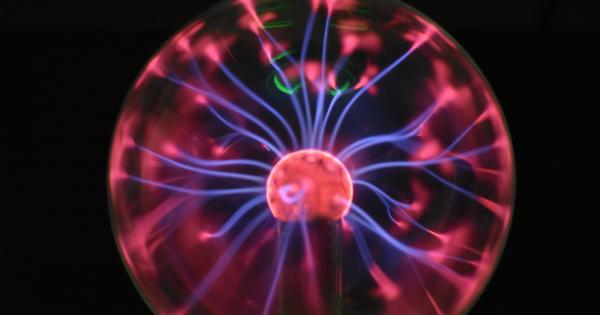The year 2020 has witnessed a major health catastrophe with the outbreak of coronavirus pandemic. The virus, scientifically named SARS-CoV-2, causes the respiratory illness COVID-19, which has infected millions of individuals worldwide.
As the search for a potential cure for COVID-19 continues, plasma transfusion has emerged as a potential treatment for the virus. This article explores the science behind plasma transfusion and its role in treating COVID-19.
What is Plasma Transfusion?
Plasma transfusion, also known as convalescent plasma therapy, is a medical treatment that involves taking plasma from the blood of a person who has recovered from a particular disease, such as COVID-19, and transfusing it into someone who is currently suffering from the same disease. The idea behind this treatment is that by using the antibodies present in the plasma of a recovered person, doctors can help boost the immune response of a sick person and help their body fight off the virus.
How Does Plasma Transfusion Work?
When a person is infected with a virus, such as COVID-19, their immune system produces antibodies to fight off the infection. These antibodies attach to the virus and prevent it from infecting other cells in the body.
When a person recovers from the virus, their immune system is left with a store of antibodies that remain present in their plasma. When plasma is transfused from a recovered person to a sick person, the antibodies in the transfused plasma attach to the virus in the sick person’s body and help to neutralize it.
Is Plasma Transfusion Effective against COVID-19?
The effectiveness of plasma transfusion as a treatment for COVID-19 is still being studied.
However, early results from several clinical trials suggest that it can be effective in reducing the severity of illness and improving recovery time in patients infected with COVID-19. For instance, a study published in the Journal of the American Medical Association found that patients who received convalescent plasma had a lower risk of dying compared to those who did not receive the treatment.
Who is Eligible to Donate Plasma?
Not everyone who has recovered from COVID-19 is eligible to donate plasma.
To donate plasma, an individual must meet specific criteria, including being symptom-free for at least 14 days, testing negative for coronavirus, and having their antibodies levels tested and confirmed to be high enough to provide an effective treatment.
Are There Any Side Effects of Plasma Transfusion?
As with any medical treatment, there are potential side effects of plasma transfusion. However, the risks associated with plasma transfusion are generally considered low. The most common side effects include fever, chills, and allergic reactions.
Serious complications, such as lung injury and bleeding, are rare but can occur in some cases.
Conclusion
Plasma transfusion is still a relatively new treatment for COVID-19, so much is yet to be known about its effectiveness and long-term effects.
However, early indications show that it can be an effective way to reduce the severity of symptoms and improve the recovery time in people infected with the virus. At present, the treatment is still undergoing clinical trials, and medical professionals worldwide are closely scrutinizing the results.
Hopefully, plasma transfusion, along with other treatments, will help to bring an end to this global pandemic in the not-too-distant future.































